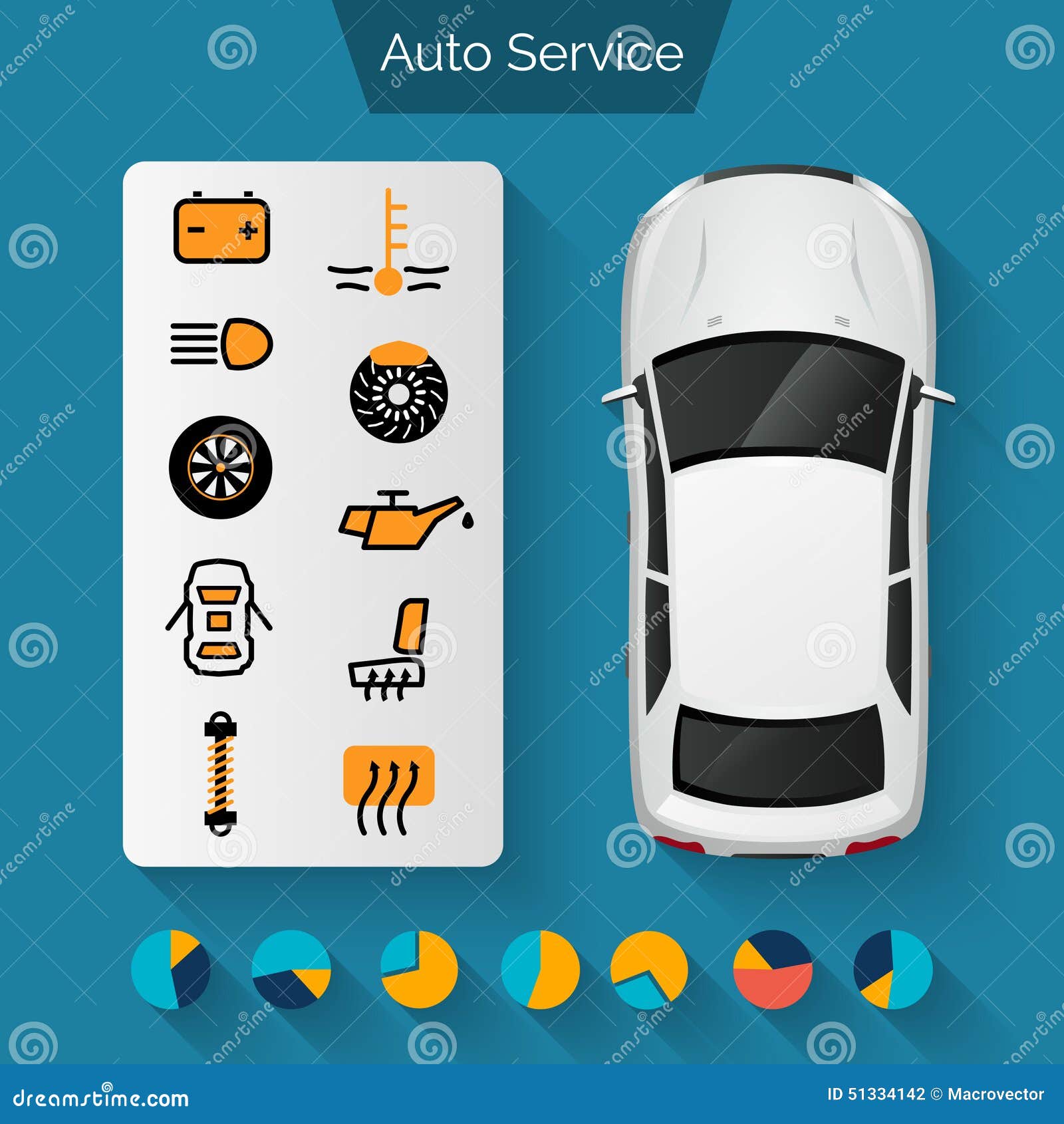Wondering Concerning The Meaning Behind Those Control Panel Warning Lights? Gain Understandings Right Into Their Implications For Your Automobile'S Security And Maintenance
Wondering Concerning The Meaning Behind Those Control Panel Warning Lights? Gain Understandings Right Into Their Implications For Your Automobile'S Security And Maintenance
Blog Article
Writer-Sykes Gilbert
When you're behind the wheel, those radiant caution lights on your control panel can be a bit difficult. Do you understand what they're trying to inform you about your automobile's health and wellness? Recognizing the relevance of these lights is vital for your safety and security and the longevity of your car. So, the following time one of those lights pops up, would not you want to decipher its message accurately and take the necessary steps to resolve it?
Common Caution Lights and Interpretations
Determine common warning lights in your car and recognize their significances to make certain secure driving.
The most regular warning lights include the check engine light, which indicates concerns with the engine or discharges system. If this light comes on, it's critical to have your car inspected immediately.
The oil pressure warning light shows low oil stress, requiring immediate focus to stop engine damages.
auto marine blinking battery light could suggest a defective billing system, possibly leaving you stranded if not resolved.
try this tracking system (TPMS) light informs you to reduced tire pressure, impacting car stability and fuel efficiency. Ignoring this can result in risky driving problems.
The abdominal light suggests a problem with the anti-lock stopping system, endangering your capability to quit swiftly in emergencies.
Last but not least, the coolant temperature warning light warns of engine getting too hot, which can lead to extreme damages if not dealt with swiftly.
Comprehending these common warning lights will help you resolve issues without delay and preserve secure driving conditions.
Importance of Prompt Attention
Comprehending the typical warning lights in your auto is just the primary step; the value of promptly resolving these warnings can't be highlighted sufficient to ensure your safety and security on the road.
When a caution light illuminates on your control panel, it's your auto's method of communicating a prospective issue that requires focus. Ignoring these warnings can bring about much more extreme problems later on, compromising your security and potentially costing you more out of commission.
Prompt focus to advising lights can prevent malfunctions and accidents. As an example, a blinking check engine light could suggest a misfire that, if left unattended, might create damages to the catalytic converter. Resolving this immediately can conserve you from a costly repair service.
Likewise, a brake system cautioning light could signal low brake liquid or worn brake pads, critical components for your safety and security when driving.
Do It Yourself Troubleshooting Tips
If you discover a warning light on your control panel, there are a couple of do it yourself repairing suggestions you can try prior to looking for expert aid.
The primary step is to consult your automobile's guidebook to recognize what the specific warning light suggests. Sometimes https://felixarhwn.59bloggers.com/30366245/the-ultimate-beginner-s-overview-to-explaining-your-auto-in-simply-one-hour can be as simple as a loose gas cap setting off the check engine light. Tightening the gas cap might settle the problem.
One more typical concern is a low battery, which can set off numerous cautioning lights. Inspecting the battery links for corrosion and guaranteeing they're protected might deal with the issue.
If a warning light persists, you can attempt resetting it by disconnecting the auto's battery for a couple of minutes and after that reconnecting it. Furthermore, examining your vehicle's liquid degrees, such as oil, coolant, and brake liquid, can help fix warning lights associated with these systems.
Final thought
To conclude, recognizing your car's warning lights is vital for keeping your car running smoothly and safely. By without delay attending to these alerts and recognizing what they indicate, you can avoid pricey repairs and possible failures.
Remember to consult your cars and truck's guidebook for certain details on each alerting light and do something about it as necessary to make certain a hassle-free driving experience.
Keep notified, remain safe on the road!
